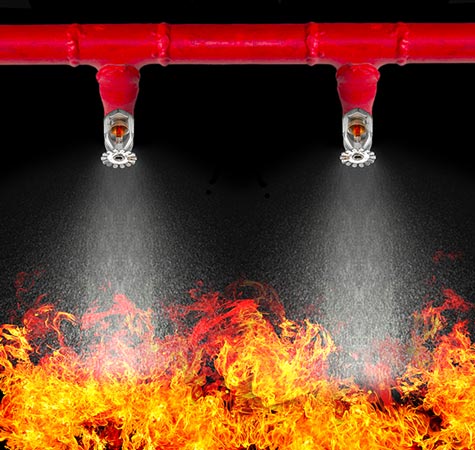Halloween Fire Safety Tips
Halloween decorations are appearing in yards, windows, and desk areas as we get closer to the end of October. Decorating can be a fun way to get employees in a festive mood and entertain friends and neighbors. It is important to follow a few safety tips at the home or office to ensure everyone stays…











